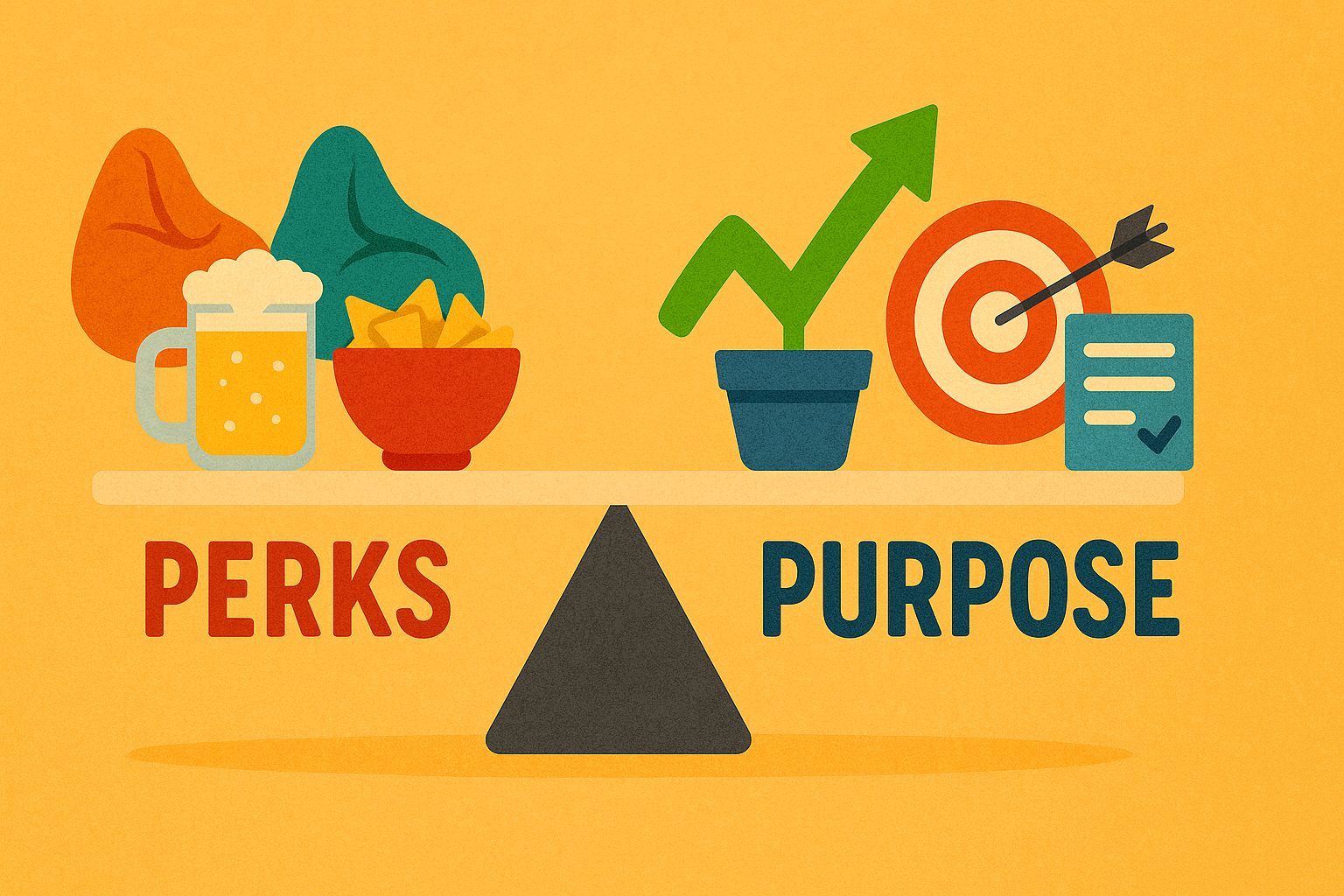Mental Health Is Now a Metric: How Companies Are Tracking Wellness
Mental Health Is Now a Metric: How Companies Are Tracking Wellness
Imagine this:
It’s Monday morning. You’re logging into work, and rather than your usual collection of email, a message appears:
“How are you today? Choose your mood.”
You stop. Is this yet another survey? A trick?
No. It’s one of your firm’s new wellness initiatives. A computer dashboard that doesn’t just track your projects — but tracks you.
Welcome to the new world of work, where mental health is not only recognized — it’s quantified.

The Shift We Didn’t Expect
In the 2000s, mental illness was spoken of in hushed tones in the hallway. Now, they echo in boardrooms.
This change did not merely “happen.” It was pushed into the spotlight.
- The COVID-19 pandemic discredited the misconception that employees are able to “leave problems at the door.”
- The Great Resignation made employers understand that individuals would sooner quit than be miserable.
- And mental health? It moved from the sidelines onto the main KPI board.
Workplaces Look On-But Gently
But how do you measure a feeling?
Unexpectedly, major brands are already on board.
- Google has pioneered work wellness for decades. It’s now, however, investing in systems of real-time feedback that capture mood data post-meetings.
- Deloitte integrates psychological safety into its most significant leadership measurement criteria.
- Microsoft introduced its Viva Insights, a tool that monitors work habits and reminds softly to take breaks or time to focus, unobtrusively.
And the great thing? These tools aren’t meant for snooping they’re meant to help.
Beyond Perks: Building Cultures of Care
Tracking wellness isn’t about surface-level perks — it’s about real, lasting change. Here’s what true workplace wellness looks like:
- It’s not about beanbags, yoga apps, or weekly smoothie bars — those are perks, not solutions.
- It shows up in how leaders communicate, especially under pressure.
- It means employees feel safe saying, “I’m not okay today,” without fear of judgment.
- It requires investing in trust, not just technology.
A Fictional Story
Say hello to Anika. A middle manager at a multinational IT company.
She used to be putting in 10+ hours a day, burning the clock, and missing meals. She didn’t even know she was burning out — until her HR dashboard raised the alarm.
“You’ve worked late 11 consecutive days. Would you like to speak with someone?”
It wasn’t punishment. It was an invitation.
Anika agreed. Her workload changed. Her company’s culture changed as well.
But Here’s the Catch
It works only if it’s done properly. If it’s used as a weapon — e.g., ranking staff on “positivity”—it” doesn’t.
- Measurement must be paired with empathy.
- Businesses must educate managers, establish safe spaces, and make it okay not to be okay.
- Even programs such as Headspace or Calm are not solutions — only supports.
So, What’s Next?
We’re heading towards an era where “mental health leave” is as common as “sick leave.” Your morning mood tracker is given the same importance as your performance report. And that’s not scary. That’s revolutionary. Because when we start to quantify what really counts, we begin appreciating it as well.
Looking to build a high-performing remote tech team?
Check out MyNextDeveloper, a platform where you can find the top 3% of software engineers who are deeply passionate about innovation. Our on-demand, dedicated, and thorough software talent solutions are available to offer you a complete solution for all your software requirements.
Visit our website to explore how we can assist you in assembling your perfect team.



